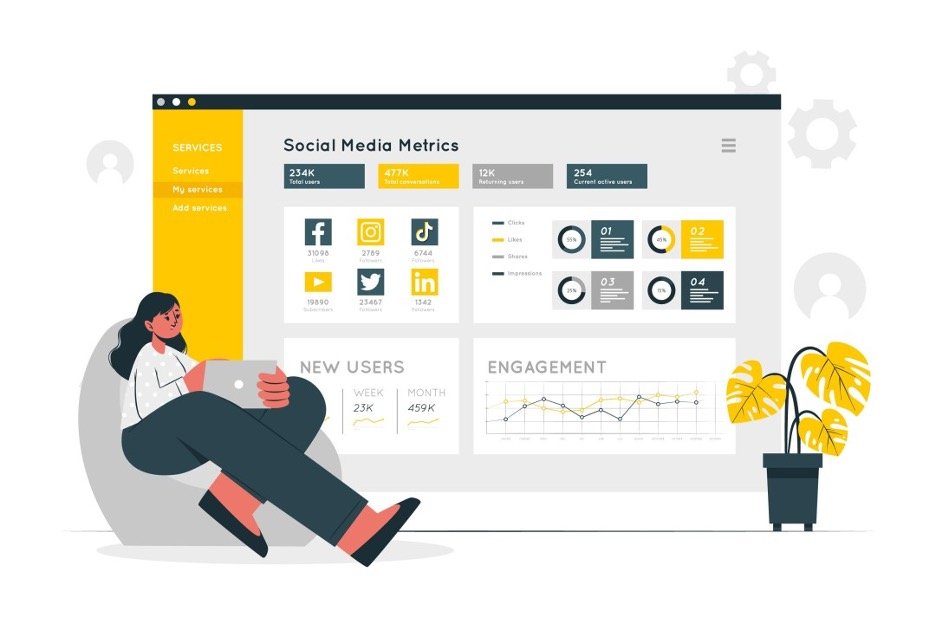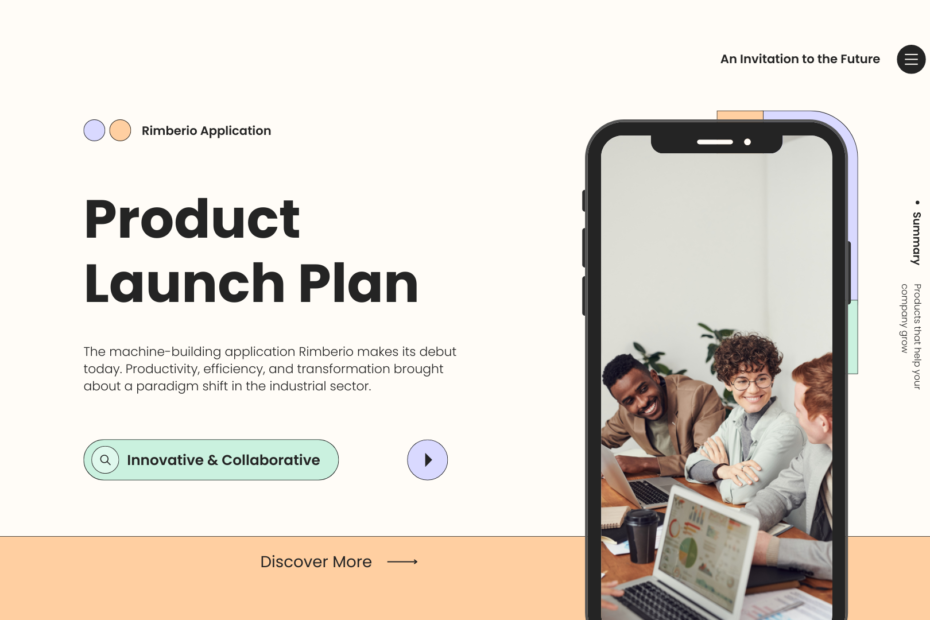Launching a product is one of the most exciting and nerve-wracking moments for any product manager. The stakes are very high when months or even years of preparation culminate in a public release. While a badly handled product launch can harm a company’s reputation and impede growth, a well-executed one can propel it forward by bringing in new customers and earning revenue. Fortunately, product managers can handle the challenges of a product launch and guarantee a seamless rollout with the correct strategy, preparation, and execution. Best practices for a successful product launch will be discussed in this blog, including everything from pre-launch planning to post-launch evaluation.
1. Define Clear Launch Objectives
Establish your definition of success before moving on to implementation. What are the main goals of this launch? Some common goals include:
Acquiring a set number of new customers
- – Achieving a certain level of user engagement
- – Generating media coverage or brand awareness
- – Meeting revenue or growth targets in a specific timeframe
Having well-defined objectives makes it easier to monitor progress, concentrate efforts, and convey the vision to all parties involved. Without clear objectives, teams might lose sight of priorities or misinterpret what success means for the product.
2. Understand Your Audience and Market
Without a thorough awareness of your target market and the competitive landscape, no product launch will be successful. Research ought to begin far in advance of launch preparations. Key areas to consider include:
- User personas: Who will use your product? Which issues are you resolving on their behalf? It is essential to comprehend the behaviors and pain points of your users.
- Market trends: Analyze current trends in your industry and evaluate how your product fits into the landscape.
- Competitor analysis: Determine rivals and evaluate their strengths and weaknesses. What gaps does your product fill that others don’t?
Armed with this knowledge, you can tailor your messaging, position your product effectively, and ensure that it resonates with the right audience.
3. Coordinate Across Teams

Cross-functional cooperation between several departments, including engineering, marketing, sales, customer service, and product, is necessary for successful product launches. To make sure that everyone agrees with the launch plan, coordination between these teams is crucial.
Here’s how to make sure that cooperation runs well:
- Create a detailed launch plan: List the important deadlines, deliverables, and milestones for each team. Ensure that everyone is aware of their roles and the launch schedule.
- Regular check-ins: Organize weekly (or daily) syncs to update the plan, resolve any obstacles, and make sure every department is moving forward.
- Clear communication: To keep everyone updated on developments and changes, use shared documents or project management systems.
Coordinating across teams reduces misunderstandings and guarantees that all launch-related activities, including technical development and marketing campaigns, go smoothly.
4. Develop a Go-to-Market Strategy
A well-thought-out go-to-market (GTM) plan is essential to making sure your product reaches the appropriate consumers at the appropriate moment. A GTM plan ought to include:
- Product positioning and messaging: Explain the benefits of your product, the issues it resolves, and how it differs from competitors in a clear and concise manner.
- Marketing channels: Determine the online and offline presence of your target demographic. Concentrate your efforts on the platforms—social media, email campaigns, paid advertisements, and influencer marketing—that have the best chance of reaching them.
- Sales strategy: Create scripts, materials, and training in close collaboration with your sales force to enable them to present the product to prospects in an effective manner.
Make sure your sales and marketing campaigns are coordinated so that prospective buyers are presented with a consistent message at every stage of the process.
5. Prepare for a Staggered Rollout
While a global, all-at-once product launch may seem appealing, many product managers opt for a staggered rollout. This approach allows you to:
- Test in small markets: Launching to a limited audience first helps you test product performance, identify bugs, and refine messaging before the broader rollout.
- Incorporate user feedback: Early adopters can provide valuable feedback, allowing you to address issues or adjust before scaling up.
Staggered rollouts also reduce the risk of overwhelming your team or servers in case of unexpected demand.
6. Have a Contingency Plan
Even with the most meticulous planning, things can go wrong. Unexpected delays, unfavorable reviews, and technical problems are just a few of the obstacles you could run into. It is essential to have a backup plan in place to deal with these challenges.
The essential elements of a strong backup plan include of:
- Backup systems: Make sure you have redundancies for important systems, like payment gateways, servers, and customer support platforms.
- Crisis communication: Establish a clear process for handling customer complaints, negative media coverage, or technical failures. Be ready to communicate transparently and quickly with your audience if problems arise.
Preparedness can make the difference between a minor hiccup and a major failure during launch.
7. Monitor and Analyze Post-Launch Performance

The product’s release into the market does not mark the end of the launch. Even more crucial for learning what succeeded, what failed, and how to make improvements going forward is the post-launch phase. Immediately after the launch:
- Monitor key metrics: Track KPIs like revenue, engagement, product usage, and user acquisition.
- Collect customer feedback: To learn more about how customers are using your product, conduct surveys, have conversations with customer service representatives, and review product data.
- Evaluate against goals: Analyze real performance against your launch goals. Did you achieve your goals? If not, what adjustments are required?
Use this information to refine your product, address customer needs, and prepare for future updates or launches.
8. Plan for Post-Launch Support
After the release, a successful launch requires continued customer assistance to sustain positive user connections. Get your support team ready to deal with a surge of comments, technical problems, and client questions. Provide simple access to webinars, tutorials, and help documentation to assist new users in becoming familiar with the product.
By investing in post-launch support, you not only ensure a smoother user experience but also foster long-term customer loyalty.
Navigating a product launch requires careful planning, team coordination, and flexibility. You can position your product for success by establishing specific goals, comprehending your market, and putting a solid go-to-market strategy into action. Remember that post-launch analysis and support are equally as important as the initial distribution. By keeping these best practices in mind, you’ll be prepared to take on the challenges involved in launching a product and positioning it for long-term success.
